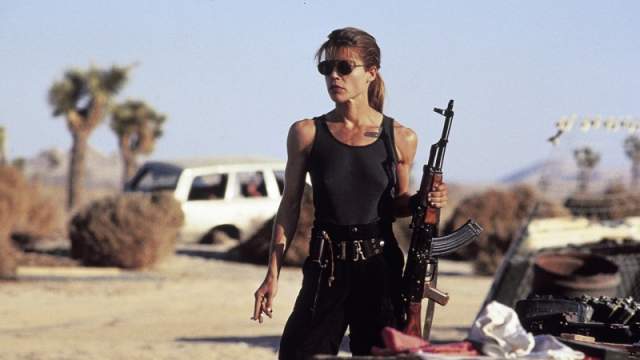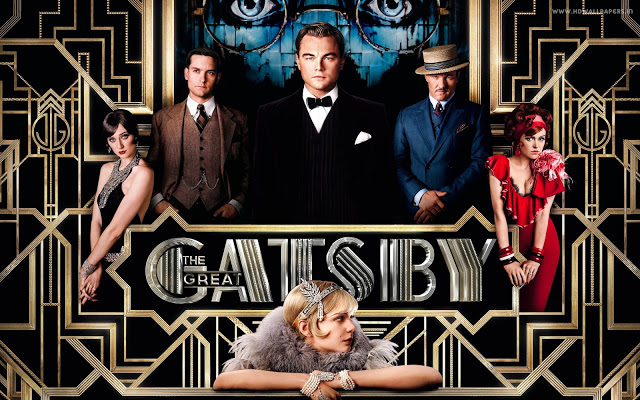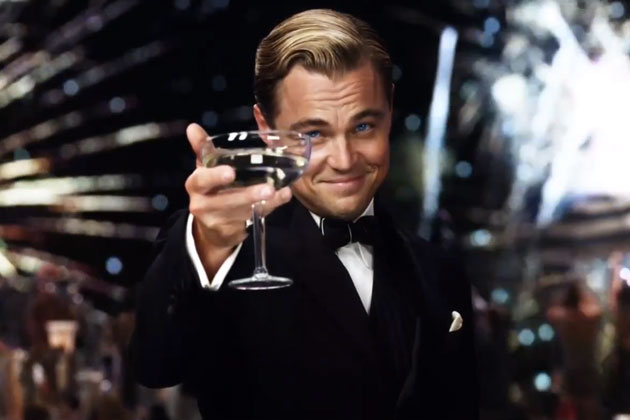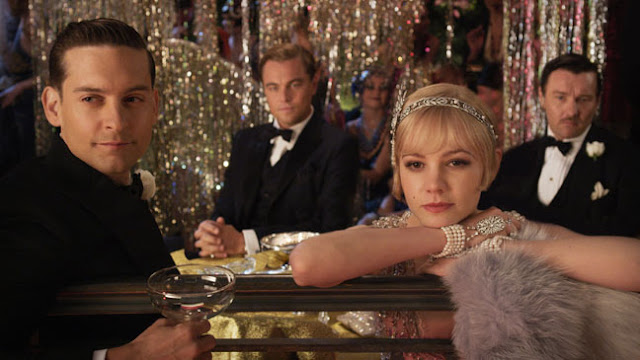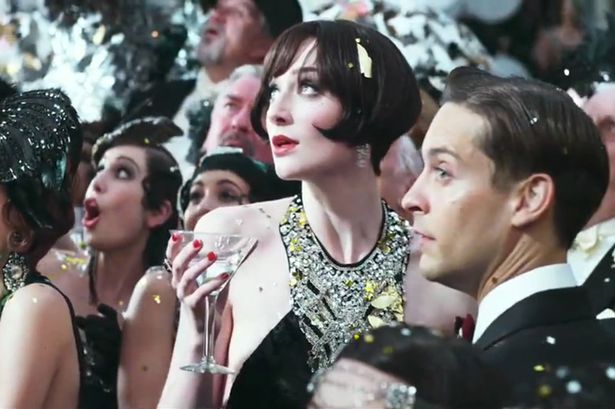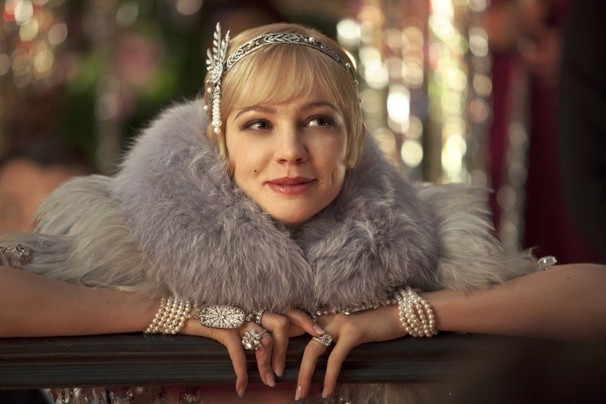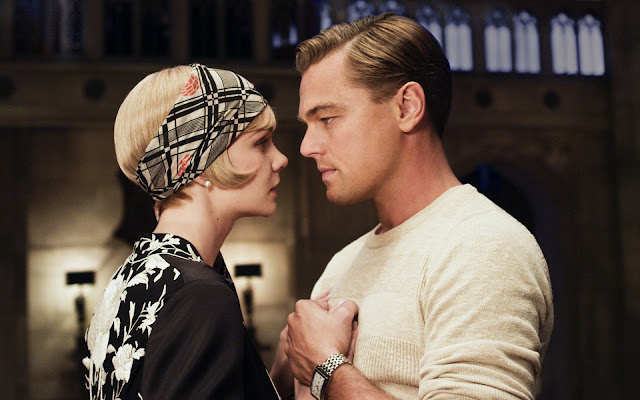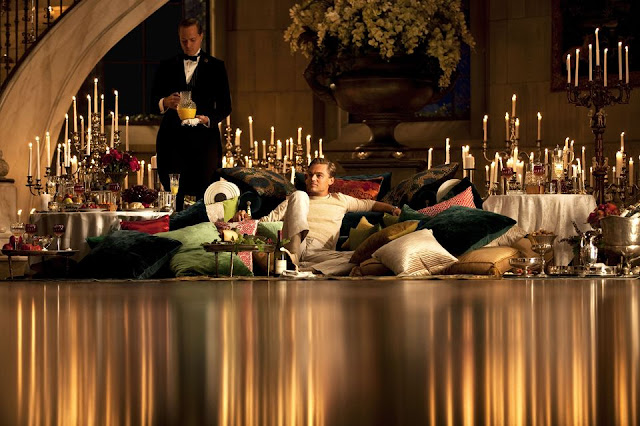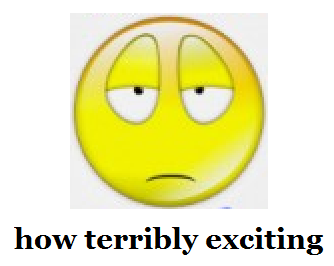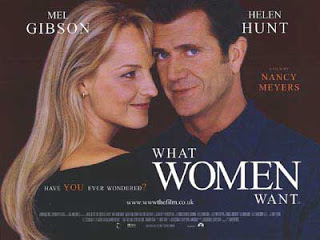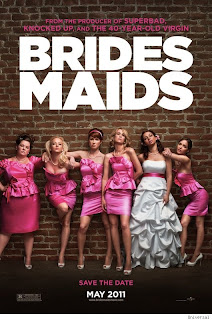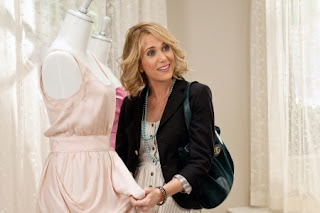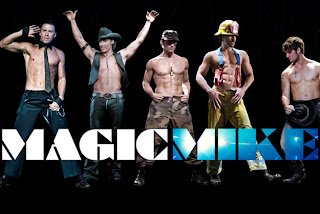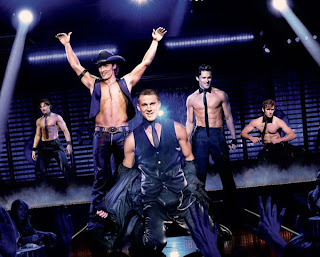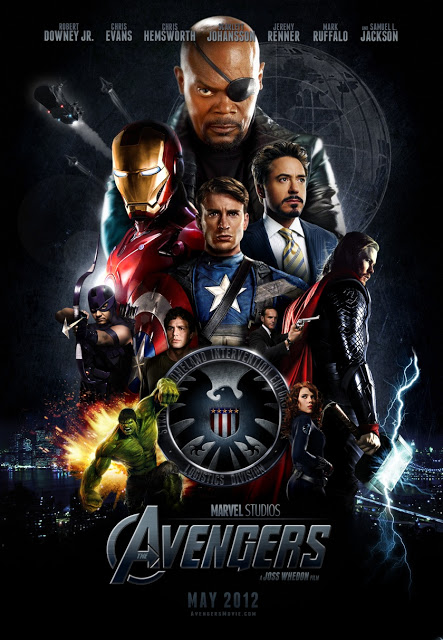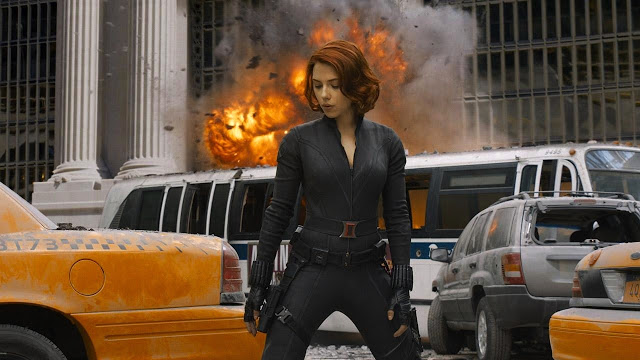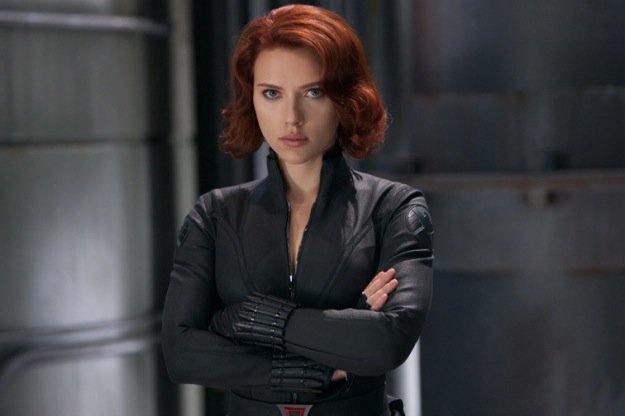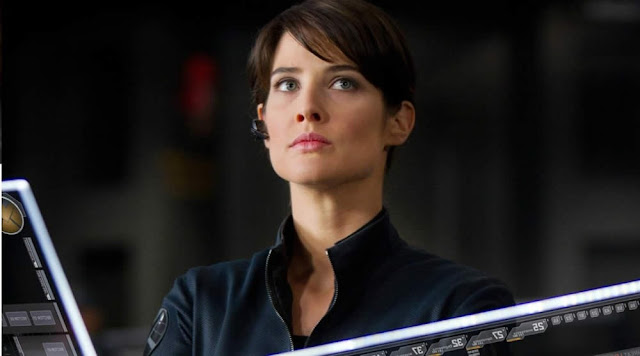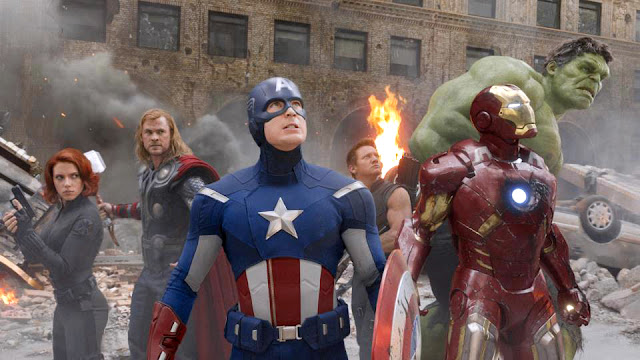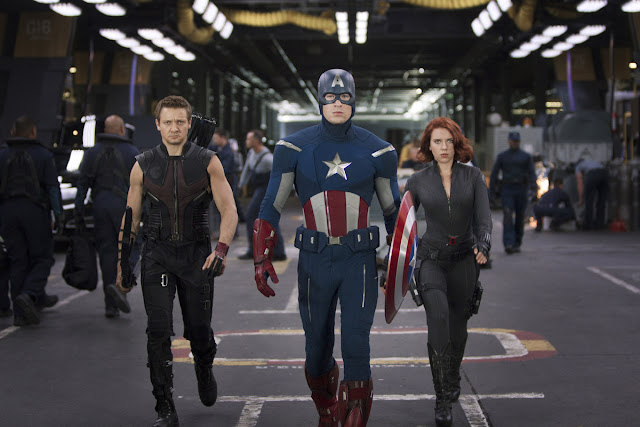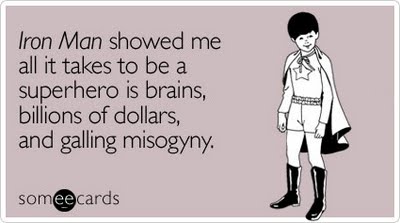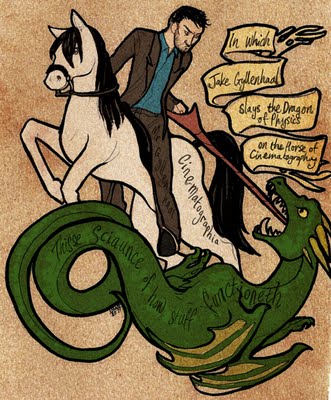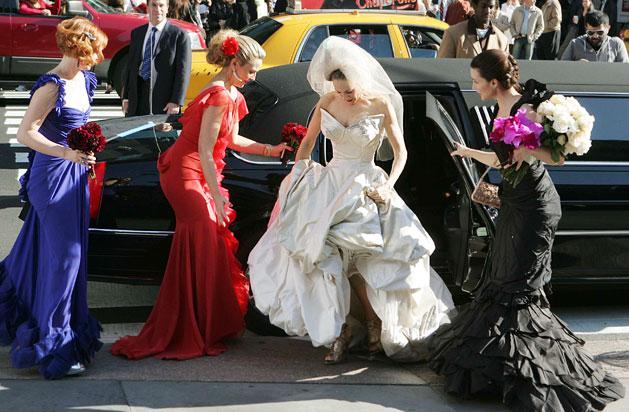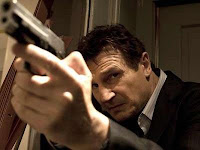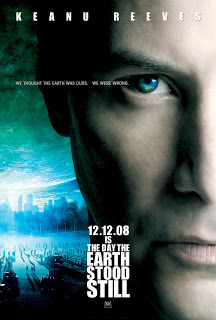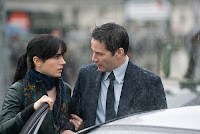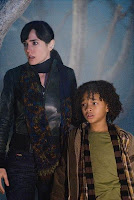Time’s relentless onward march has brought us to the end of April. In just a few days it will be the first weekend in May, which is – in the strange, terrifying minds of Hollywood executives – the first weekend of summer.
Summer movies are an odd and frustrating bunch. I have taken a cursory glance at some of 2013’s biggest, emptiest spectacles and pre-judged them with extreme censure, so you don’t have to.
Iron Man 3 (May 3)
The deal: The first Iron Man was a pleasing diversion for a world with low expectations of a second-tier-superhero film. The second Iron Man was much like the first, but bigger, louder, and overlong. If other superhero trilogies are anything to go by, the third Iron Man will be even bigger, even louder, and – 130 minutes, are you freakin’ kidding me? Why does no one heed Hitchcockian wisdom re: film lengths and bladders?
Likelihood of passing the Bechdel test: 25%. Rebecca Hall has third billing after Robert Downey Jr. and Gwyneth Paltrow, but I’ve seen a superhero movie before, and I don’t really expect anyone to talk about anything other than Iron Man.
Likelihood of general intersection!fail: The inestimable Andrew Ti of Yo, Is This Racist? says 100%. Who am I to dissent?
Will I see it?: Eventually, probably on DVD. I don’t care very much about Iron Man, but I am a little stoked to learn it’s directed by Shane Black, writer-director of my beloved Kiss Kiss Bang Bang.
The Great Gatsby (May 10)
The deal: You went to high school. You don’t need me to tell you what The Great Gatsby is about. (But, if you need a refresher, it’s boring and the plot is basically the same as R. Kelly’s Trapped in the Closet.)
Likelihood of passing the Bechdel test: Like no percent, unless they change stuff from the book I guess.
Likelihood of general intersection!fail: 100%. It’s about straight white rich people, like fully all of big Hollywood movies.
Will I see it?: No. I don’t like Gatsby and I don’t like Baz Luhrmann. If you have a different opinion on either or both of these things, you will feel differently.
Star Trek Into Darkness (May 17)
The deal: Much like the first Iron Man, the 2009 Star Trek reboot was a slight popcorn delight for those of us with low expectations; much like Iron Man 2, this latest Trek will probably sink under the weight of current heightened expectations. If nothing else, it’ll be jolly to once again witness Karl Urban channel DeForest Kelley (and cringe at Simon Pegg’s Scottish accent, oy).
Likelihood of passing the Bechdel test: 25% if I’m generous. There are fully two lady-type humans in this movie, and as much as I’d like the writers to overcome the failures of the original series, that’s a lot of failure to overcome.
Likelihood of general intersection!fail: High. See above re: failures of TOS.
Will I see it?: I don’t see how I can possibly avoid it.
 |
| Spaceship! *starts salivating* |
The Hangover Part III (May 24)
The deal: No.
Likelihood of passing the Bechdel test: 0%.
Likelihood of general intersection!fail: 1000%.
Will I see it?: Oh fuck no.
Man of Steel (June 14)
The deal: Superman is boring and zzzzzzzzz.
Likelihood of passing the Bechdel test: Low.
Likelihood of general intersection!fail: High.
Will I see it?: Yawn.
World War Z (June 21)
The deal: World War Z is probably the greatest zombie novel ever written and you should go out and read it, like, yesterday. I am so over how enormously boring this film adaptation looks, and I mourn for the TV miniseries that was once talked about and would have been a much better way of adapting the sprawling complexities of the book.
Likelihood of passing the Bechdel test: 10%. If Brad Pitt is the core linking the story together, I can’t see much happening without him. Also, I’m very afraid that this movie will do the horrible Walking Dead/ Stephen King / every apocalypse story ever thing of taking the apocalypse as an excuse to revert all of humanity to gross reductive caveman gender roles.
Likelihood of general intersection!fail: 90%. A summer Hollywood blockbuster in which a white dude travels all around the world trying to save it? Racism, xenophobia, and neocolonialist paternalism pretty much guaranteed.
Will I see it?: I expect so, and I expect I’ll hate it.
 |
| Seriously, read the book. |
Monsters University (June 21)
The deal: While I hear the argument that Pixar needs to take a step back from the sequel-ing and prequel-ing, they had me as soon as this website rocked up months and months ago. And tell me that any TV enthusiast could look at the list of voice talent involved without squeeing: Nathan Fillion! Aubrey Plaza! John Krasinski! Charlie Day! Dave Foley! And that’s just the people who are on TV shows I like!
Likelihood of passing the Bechdel test: 5%. Pixar is awesome at so many things, but representing the non-male demographic is not one of them. I will continue to dream of a scene in which Aubrey Plaza’s character and Helen Mirren’s character hang out and shoot the shit, but I don’t hold out hope.
Likelihood of general intersection!fail: I mean, it’s a movie about monsters? I don’t know to what extent I can really hold it accountable for, say, race!fail.
Will I see it?: HELL YES.
Pacific Rim (July 12)
The deal: I may have mentioned this before, but I am losing my mind over how impossibly amazeballs this movie looks. ROBOTS VS. ALIENS. GUILLERMO DEL TORO. IDRIS ELBA. My fingertips are tingling just typing about it.
Likelihood of passing the Bechdel test: 5%. Women are not so much with the being in this movie.
Likelihood of general intersection!fail: 70%. Rinko Kikuchi is in this movie, and if God loves me she will share scenes with Idris Elba and my eyeballs will burst into flames from so much hotness onscreen at once; but I know better than to expect, say, queers or PwD to be represented meaningfully in mainstream SF.
Will I see it?: HELL EVEN YES-ER.
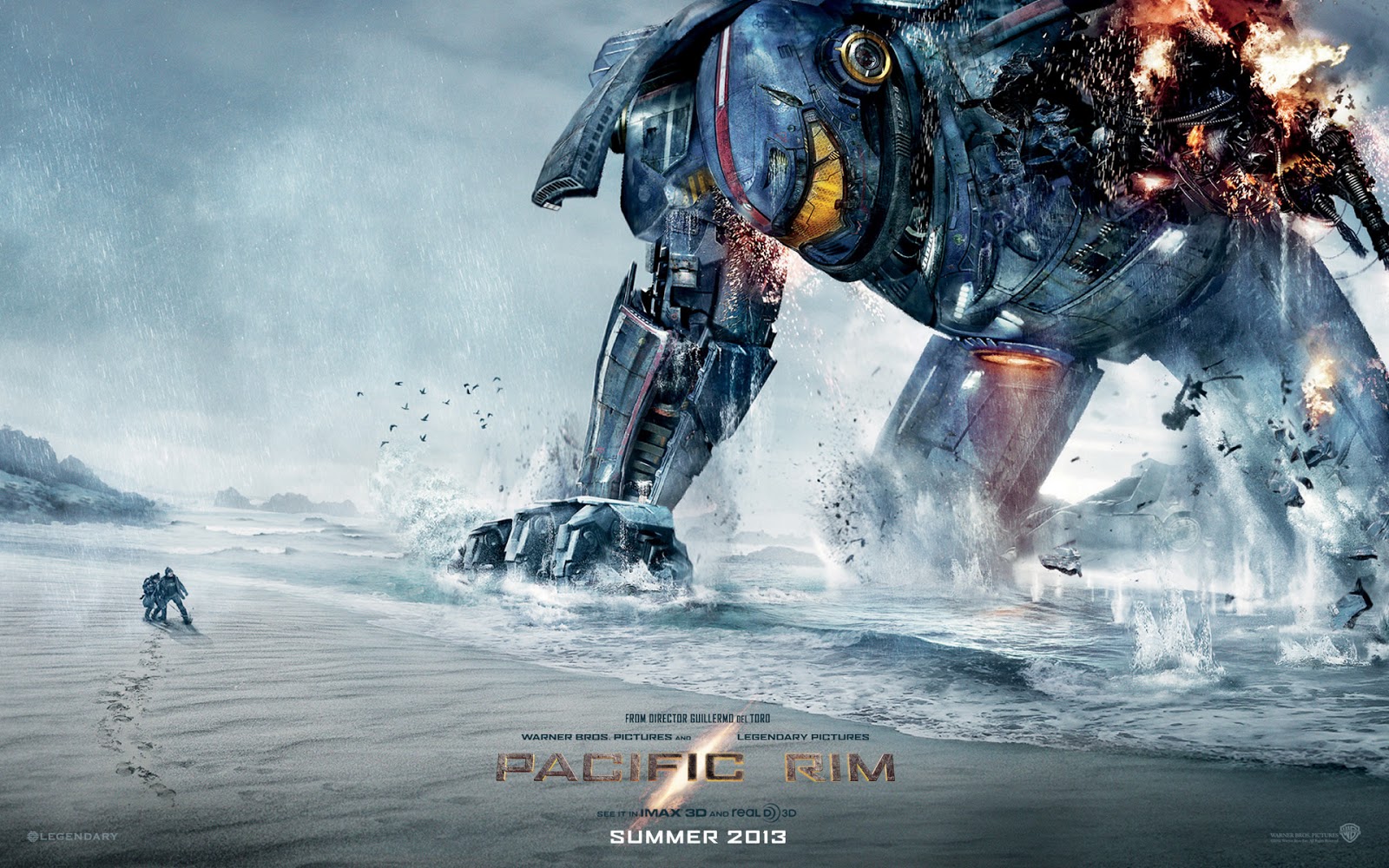 |
| Hee hee |
This summer in sum: Not every forthcoming blockbuster looks to be entirely egregious in every respect – some of them I might even enjoy quite a bit – but women are conspicuously, depressingly, appallingly underrepresented in the big popcorn flicks. As usual, Hollywood utterly fails to notice or care that women comprise half the human race, and we’ll have to look to smaller and independent cinema for acknowledgment of that basic, yet still somehow controversial, fact.
———-



